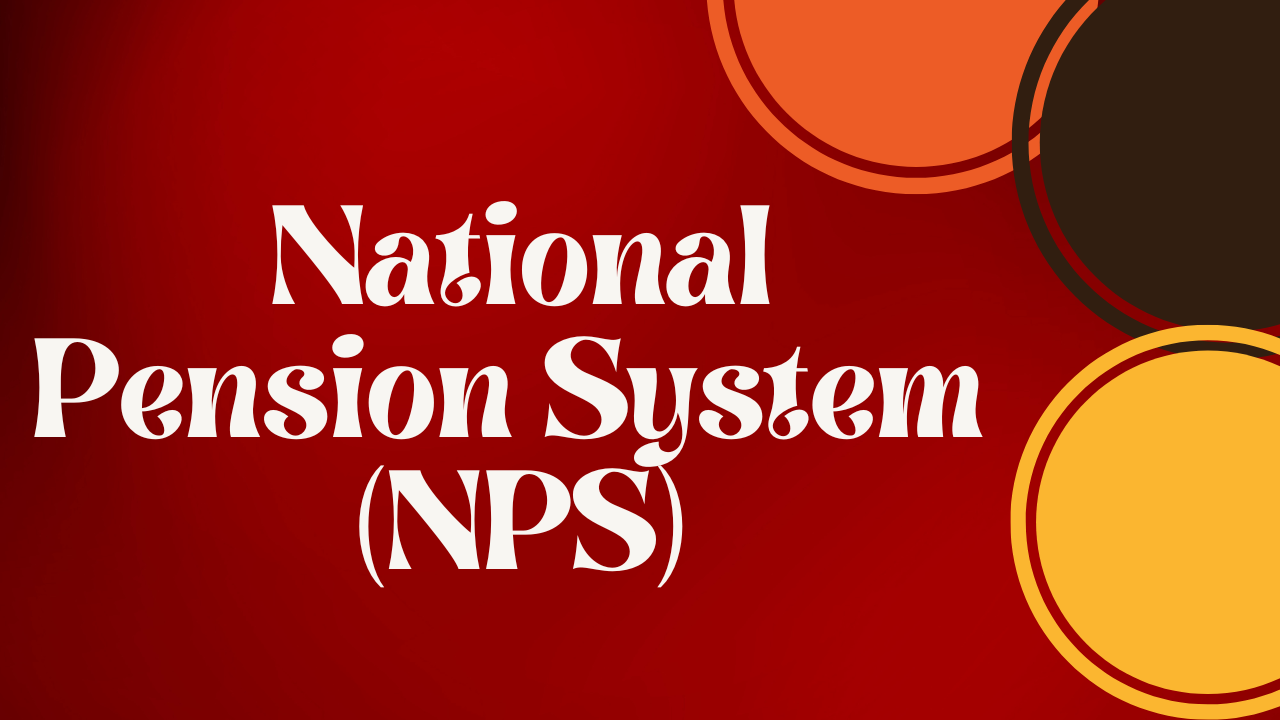The National Pension System (NPS) is regulated and administered by the Pension Fund Regulatory and Development Authority (PFRDA) as per the PFRDA Act, 2013.
NPS is a defined contribution, market-linked product. It assigns a unique Permanent Retirement Account Number (PRAN) to each individual subscriber, which is maintained by the Central Recordkeeping Agency (CRA).
There are two types of NPS accounts – Tier-I and Tier-II. The Tier-I account is the primary pension account with limited withdrawals, designed for long-term savings. On the other hand, Tier-II is a voluntary account that allows more flexibility in investments and withdrawals, but it requires an active Tier-I account.
Contributions made to the NPS accounts grow over time with market-linked returns until retirement. At the time of exit, retirement, or superannuation, a minimum of 40% of the accumulated corpus must be used to purchase a pension for life through an annuity from a life insurance company. The remaining balance can be withdrawn as a lump sum.
The NPS platform offers different models tailored to cater to various user segments, including:
1. Government Model for Central and State Government Employees:
NPS is mandatory for Central Government employees (except Armed Forces) recruited on or after 01.01.2004. Most State Governments, except West Bengal, have also adopted NPS for their employees. Government employees contribute 10% of their salary, and the Government matches this contribution. For Central Government employees, the employer’s contribution rate was enhanced to 14% from 01.04.2019.
2. Corporate Model:
Companies have the option to adopt NPS for their employees with contribution rates as per their employment conditions and policies.
3. All Citizens Model:
The All Citizens Model of NPS is open to all citizens of India between the ages of 18 to 65 years on a voluntary basis. Individuals from various sectors and professions can join NPS under this model to secure their retirement savings.
These different models under the NPS platform cater to the diverse needs and preferences of individuals, providing them with an effective and flexible pension system to plan for a secure financial future during their retirement years.
To join the National Pension System (NPS), individuals can follow these steps:
1. For Government Employees:
Government employees can enroll and make contributions through their respective nodal officers. These nodal officers handle NPS enrollment and contributions for government employees.
2. For Corporate Employees:
Corporate employees can join NPS through their employers or Point of Presence (PoPs) designated by the employers. The employers facilitate the enrollment and contribution process for their employees.
3. For Other Individuals:
Individuals who are not government or corporate employees can join NPS through Point of Presence (PoPs) or the eNPS portal. PoPs are intermediaries appointed by PFRDA to facilitate NPS account opening and contributions. The eNPS portal allows individuals to open an NPS account online and make contributions easily.
By choosing the appropriate channel based on their employment status, individuals can seamlessly join NPS and start building a secure pension fund for their retirement.
Architecture of NPS:
The architecture of NPS follows an unbundled structure, overseen by intermediaries appointed by the PFRDA (Pension Fund Regulatory and Development Authority). These intermediaries include:
1. Pension Funds: They are entities responsible for managing the investments of NPS subscribers’ contributions. Pension Funds invest these funds in various financial instruments to achieve optimal returns.
2. Custodian: The custodian is responsible for holding and safeguarding the securities in which the Pension Funds invest.
3. Central Recordkeeping Agency (CRA): The CRA maintains the records and accounts of individual NPS subscribers, including their contributions, withdrawals, and investment preferences.
4. National Pension System Trust: The NPS Trust manages and monitors the overall functioning of the NPS and ensures compliance with regulations.
5. Trustee Bank: The trustee bank manages the funds deposited by subscribers and provides banking services related to the NPS.
6. Points of Presence (PoP): PoPs act as intermediaries that assist individuals in opening NPS accounts and contribute to the scheme.
7. Annuity Service Providers (ASPs): ASPs offer annuity plans to NPS subscribers at the time of retirement or exit from the scheme, providing them with a regular income stream.
Through this well-structured architecture, NPS ensures efficient management and transparency in the pension system, providing individuals with a robust platform to secure their retirement savings.
Important features of the National Pension System (NPS)
1. Access and Portability:
NPS subscribers enjoy online access to their pension accounts through a web portal and mobile app, ensuring easy accessibility from anywhere in the country. Moreover, NPS offers portability of employments, allowing subscribers to continue their NPS account across different jobs.
2. Partial Withdrawal:
Subscribers can make partial withdrawals of up to 25% of their own contributions from NPS Tier-I for specific purposes mentioned in the regulations. Such withdrawals are permitted a maximum of three times during the entire subscription tenure, provided the subscriber has contributed for at least ten years, with a minimum gap of five years between successive withdrawals.
3. Tax Benefits: NPS provides various tax benefits:
a) Employee’s own contributions to NPS Tier-I are eligible for tax deduction under section 80CCD(1) of the Income Tax Act within the overall ceiling of Rs. 1.50 lakh under section 80C.
b) Additional tax deduction of up to Rs. 50,000 is allowed under section 80CCD(1B) for the employee’s contributions to NPS Tier-I.
c) Employer’s contribution to NPS Tier-I is eligible for tax deduction under Section 80CCD(2) of the Income Tax Act, over and above the limit prescribed under Section 80C.
d) Interim or partial withdrawals up to 25% of the subscriber’s contributions from NPS Tier-I are tax-free.
e) At the time of superannuation, lump sum withdrawal up to 60% of the total pension wealth from NPS Tier-I is tax-exempt.
f) A minimum of 40% of the amount utilized for purchasing an annuity from an Annuity Service Provider, regulated by IRDA and empanelled by PFRDA, is also tax-exempt.
These features make NPS an attractive and tax-efficient retirement savings option for individuals, promoting long-term financial security and stability during retirement.
FAQs about NPS:
1. Who can join the National Pension System (NPS)?
Any Indian citizen between the ages of 18 to 65 years can join NPS. It is open to both salaried and self-employed individuals.
2. How to open an NPS account?
Individuals can open an NPS account through authorized Point of Presence (PoP) or through the eNPS portal online. They need to provide required documents and choose the fund manager and investment option.
3. What is the minimum contribution required for NPS?
The minimum contribution to open an NPS account is Rs. 500 for Tier-I and Rs. 1,000 for Tier-II. Subsequent contributions can be made as per the subscriber’s preference.
4. Can I change my fund manager or investment option?
Yes, NPS subscribers have the flexibility to change their fund manager and investment option once a year.
Conclusion:
The National Pension System (NPS) is a flexible and market-linked retirement savings scheme designed to secure individuals’ financial future during their retirement years. With features like online access, partial withdrawal facility, and tax benefits, NPS offers a compelling avenue for long-term wealth creation. Whether you are a government employee, corporate worker, or a citizen seeking financial independence, NPS provides an efficient platform to build a pension corpus and achieve financial security during your retirement journey. By considering your investment goals, risk appetite, and tax planning, NPS can be a valuable addition to your overall financial portfolio.
Read More:
- Post Office Savings Account: Benefits and How to Open an Account
- 7 Simple Ways to Start Saving for a Bright Future
- How can I grow my savings fast?
- Saving Account: Types, Interest rates, and eligibility criteria




